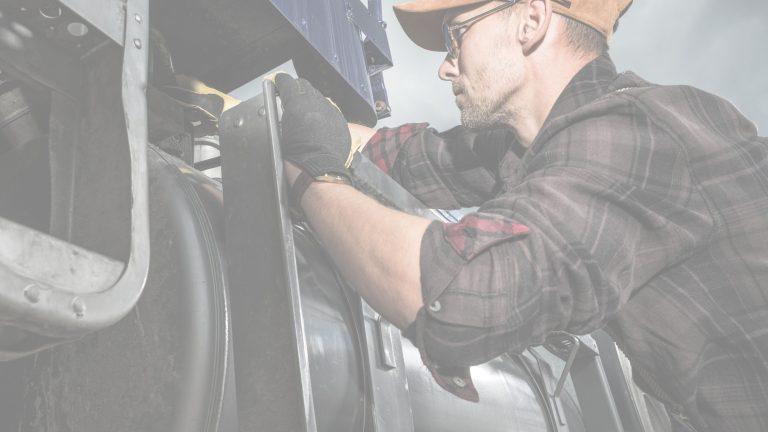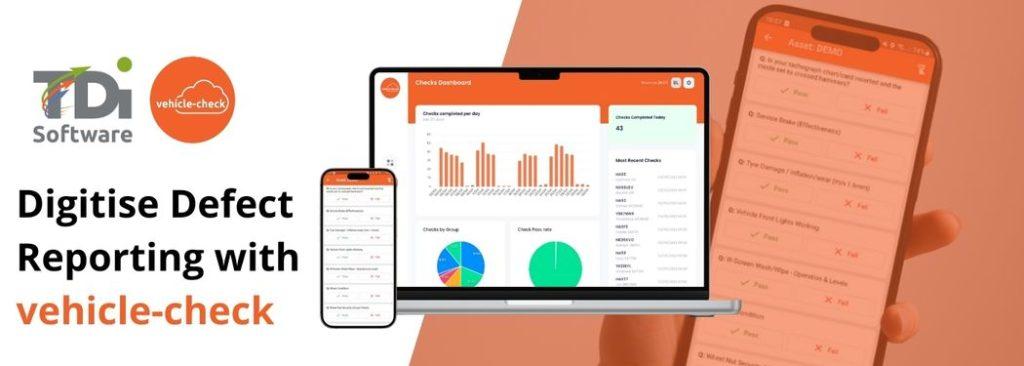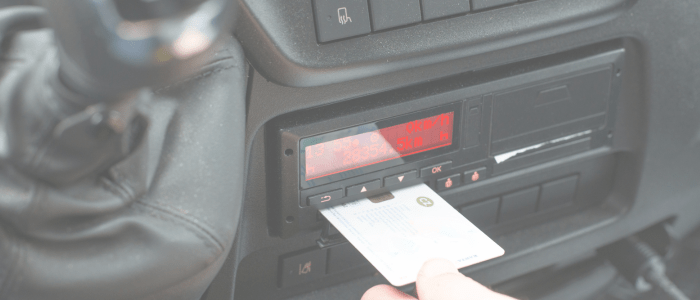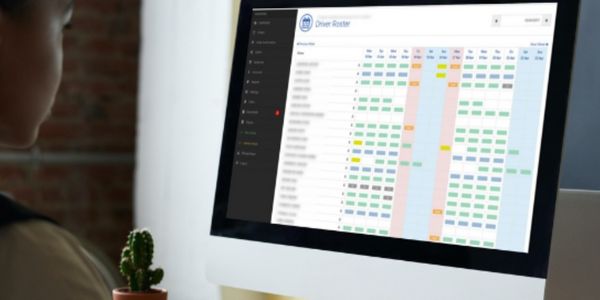
Making sure all your fleet vehicles and assets are safe and roadworthy is a key part of compliance. Not only is it a legal requirement but it also ensures road safety and keeps your vehicles running efficiently.
Transport managers and operators should always follow the latest guidance from DVSA to ensure they adhere to the safety standards set and adjust their procedures accordingly to stay compliant.
The latest changes to the guide to maintain roadworthiness
At the end of last year (Dec 2024), DVSA announced updates to the guide to maintaining roadworthiness which included additional information and advice on:
- Safety inspections and repair facilities – responsibilities if you choose to outsource maintenance
- Wheels and tyres – refitting road wheels
- Parking brake performance – using an electronic brake performance management system (EBPMS)
- brake performance assessments – carrying out temperature checks with decelerometer tests
Changes in 2025
From April 2025, all safety inspections are expected to include a laden brake performance assessment. This assessment evaluates a vehicle’s braking efficiency while it’s fully loaded, testing how well brakes perform in real driving conditions when at full capacity. Transport operators are advised to prepare for these changes now so they can be clearly understood and implemented in time. This will ensure a smoother transition and maintain compliance.
Ensuring correct procedures are in place to maintain roadworthiness
As the roadworthiness guides are constantly reviewed to keep up with the latest technology, it is imperative to ensure that your fleet is also adjusting to stay compliant. This means updating your daily vehicle walkaround checks to add any changes necessary or adding in scheduled maintenance to ensure all tests and inspections are done. It is also key to make sure that all your drivers are trained on the latest safety checks so they know what to look for when carrying out their daily vehicle walkaround checks.
So what should be included in a daily walkaround check?
Carrying out a daily vehicle check should be done every time a driver starts his shift regardless of if a check has already been done that day. DVSA have a standard checklist on what your walk-around check should include but it also states that this list is a guide and you must also make sure items specific to the vehicle and specialist equipment on board should also be included.
Updating checklists and schedules to maintain compliance
It’s recommended that vehicle walkaround checks are checked every 6 months to ensure compliance and safety standards are met. When using paper checks, it’s crucial to ensure your drivers have the latest checklists and are made aware of any new checks that should be carried out. This could be made easier with a digital checklist such as vehicle-check. This allows transport operators to add or amend questions to daily checklists quickly and easily so that every driver has the latest checklist to hand instantly.
Ensuring the latest tests are scheduled in advance can also improve efficiency and the longevity of the vehicle. A handy planning tool such as vehicle-check scheduler allows transport operators to add additional routine checks, such as the new laden brake performance assessment with ease. It also means they can schedule recurring events with just a few clicks, so an event is never missed.
You can find out more about how we can help you stay compliant and maintain roadworthiness by contacting us.






